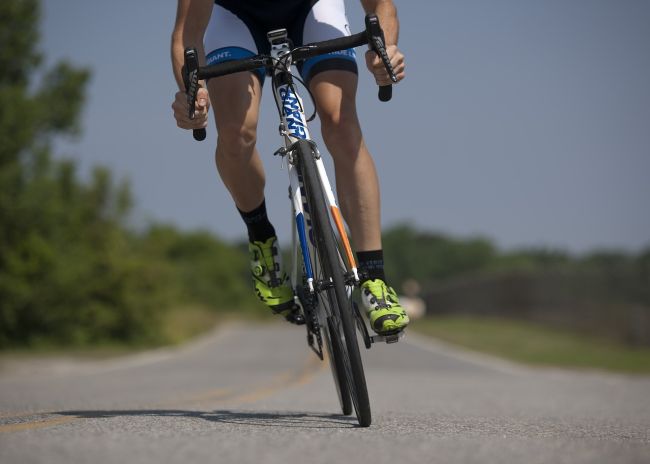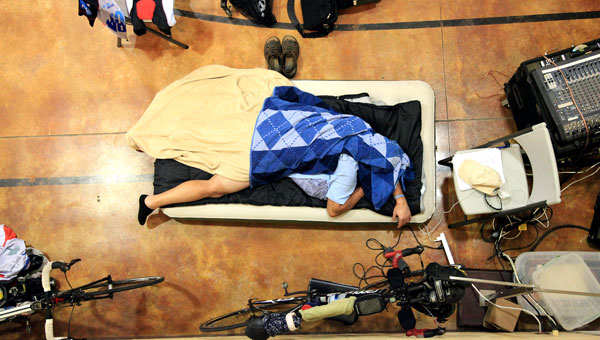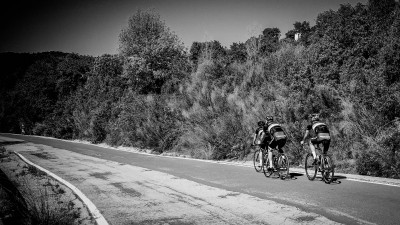
How to ride a bike on a rainy day?
17 August 2017
Beer and cycling! – facts and myths
13 September 2017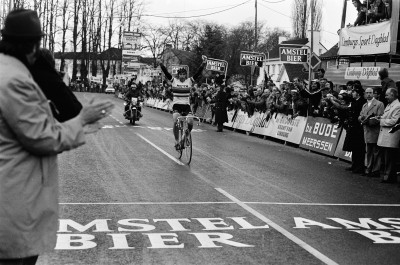
Many athletes frequently fall into the early spring trap and make mistakes in their training process for which they pay during the whole season
Spring
Spring is for cyclists a magical time. Training during the build season takes a lot of time, and the intensity slowly increases. While pedaling, you start to feel the first symptoms of a well-worked winter and the only limitation to be able to train efficiently is the weather. The new season usually brings new hopes for good results and progress. All this makes it easy to commit mistakes, the most serious of which is the overestimation of the body’s adaptability.
Excessive optimism in advanced cyclists
Experienced cyclists, who have already had several worked seasons behind them, reach a point when their performance stabilizes, and further progress in training is not easy. It usually happens after 4-5 season of planned workouts. Cyclists overwhelmed by the desire for further improvement often bend the reality towards somewhat inflated FTP values during this period. This applies particularly to situations when, after testing for FTP and setting the training zones, it’s necessary to do repetitions of strict duration and intensity level should – e.g., sweet spot training, strength repetitions.
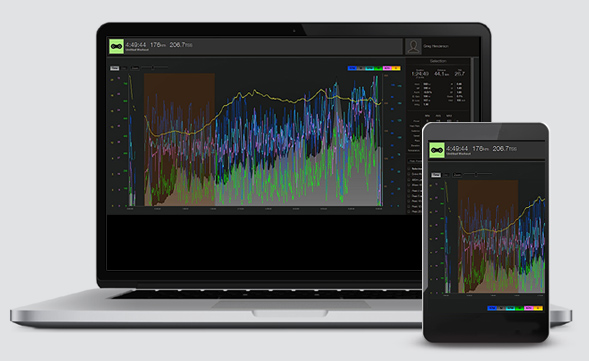
For unclear reasons, many cyclists instead of sticking to hard data, decide to perform their workouts based on FTP assumptions from the racing season, when they achieved their best results in the particular power peaks. This is accompanied by an erroneous assumption of progression in the adaptation of the organism associated with hopes for the new season. The result of such action is increasing tiredness. In other words, training is too strong and inadequate for the build season. The cyclist enters the season with a better shape than planned, which in the context of remote racing goals – usually set for July and August – turns out to be deadly for the general condition.
The next period of preparation brings further increase in loads, which leads to achieving racing readiness faster than planned. To maintain it in the context of the whole season is problematic. The great streak ends, and the fatigue and fall of the form triumph before the planned target race. The remedy to avoid such scenario is the strict control of the basics of training, i.e., the use of real, not wishful values of FTP related to data from previous seasons, adequate to the current form of the athlete monitored by repeated tests.
The curse of the first training plan
For the athletes who start their adventure with cycling, who train themselves and base their preparations on a training plan, there is a problem resulting from the desire to complete the plan in 100% and at all costs. Beginner cyclists often monitor their training by heart rate, and they prepare their own plan based on available literature or take one from a colleague. Checking the current fatigue level without measuring the power; lack of knowledge of one’s abilities and a possibility to consult with a coach; combined with the dogmatic adherence to the plan regardless of fatigue is, in my opinion, a straight way to the spring solstice. If we add to this a beginner-oriented approach that “good training is a strong workout, after which it’s hard to climb the stairs,” we can confidently conclude that most of them are permanently overtrained in the spring. As a consequence, it affects progress throughout the season.
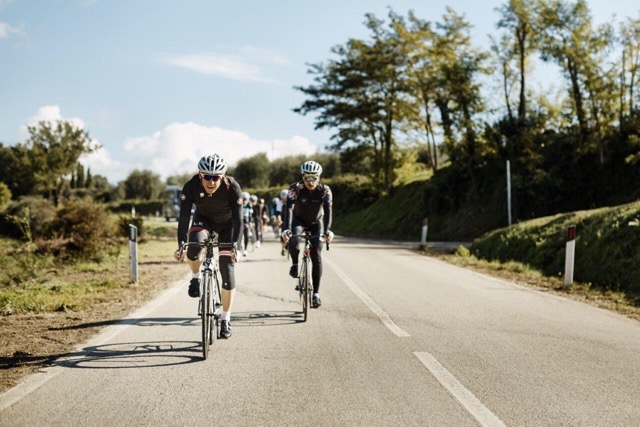
The solution to the problem is prudence and constant corrections to the plan based on subjective and objective signs of fatigue. I also suggest changing the approach to training: “harder does not mean better.” All this, in my opinion, gives us protection against the “curse of the first training plan.”
Casus Calpe
Spring training camps are becoming more and more popular each year. Many cyclists suffer from the “make the most of” síndrome while attending a spring camp. It consists of willing to make up for the lacks in base phase with long and intense workouts without a proper base and sufficient rest. An ambitious approach is motivated by the desire to make use of the weather, terrain, climate and free time on the bike. because “I managed to find time to spend a holiday on a bike, the sun is tanning my calves, and it’s a pity not to make use of the nearby 10km climb”. In most cases, a scenario for such actions can be predicted. After the initial progress, there is an increase in fatigue, of which the accumulation occurs after returning home. A significant drop in immunity causes that the cyclist who trains in this way easily gets sick after returning to training in cold weather. Sickness brings the cyclist back to the point from before the camp, and we are at the starting point again.
Spring is, therefore, the time, to consider working with a coach, who can realistically assess the preparation and plan the load for the season. When cooperating with a less experienced athlete, a coach will direct you to the planned training and will not let you cross your limits during spring camps. It is crucial always to have a broader picture and focus on the primary racing period.
